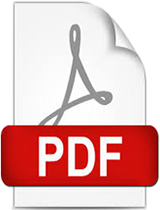
Report
Burkina Faso Poverty and Vulnerability Analysis
Attachments [ 0 ]
More Details
Burkina Faso is a West African Sahelian landlocked country covering 274,200 square kilometers. In January 2015, the population was estimated at just over 17.9 million. The capital city is Ouagadougou. The country has a tropical climate with two very distinct seasons: dry and rainy. In the rainy season which lasts from May/June to September, the country receives between 600 an d900 mm of rainfall in the south, but less than 600 mm in the Sahel in the north. Despite the hard climate the country has agricultural and livestock-breeding potential that represents around a quarter of GDP (2010-2014) and provide a living for more than 80 percent of the population. Burkina Faso is the top cotton producer in Africa. The principal subsistence crops are sorghum, millet, corn, and rice. The secondary sector accounts for one-fifth of GDP, and mining in particular plays an important role in the Burkina Faso economy. The tertiary sector, comprising many microenterprises, accounts for 45 percent of GDP. While Burkina Faso has been successful in reducing poverty, this phenomenon is still high in the country. The objective of this report is to review the state of knowledge of the profile and dynamics of poverty and to assess the tangible achievements of Burkina Faso in the fight against poverty over the past decade, highlighting the major issues and obstacles in the march towards the twin goals.
Comments
(Leave your comments here about this item.)